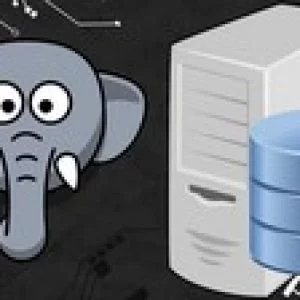
SQL stands for Structured Query Language. It is used to retrieve data that is located in tables in a relational data–base.
SQL abilities are enormous, and the better you know it, the better your abilities to gain data and insights about it would be.
In this course I’ll teach you all the elements of SQL, and I’ll do it by writing queries. A lot of queries. I believe that the best way to learn SQL is to practice it with all kind of possible queries and manipulations, and that’s what I’ll do in this course.
Every lesson in this course contains example queries, exercise and all of them are available for you as source code to download.
In addition, I supply to you a full and functioning DB, with a lot of data, so you can try by your own your SQL skills.
Who should take this course?
If you learn an academic course on data bases, you probably have SQL part. This course can give you all the needed knowledge for answering SQL questions in University and colleges exams on SQL.
If you are a developer who wants to integrate data base in your application – this course is for you.
Instructor Details
Courses : 2
Specification: Learn SQL by Writing Queries
|
7 reviews for Learn SQL by Writing Queries
Add a review Cancel reply
This site uses Akismet to reduce spam. Learn how your comment data is processed.

| Price | $14.99 |
|---|---|
| Provider | |
| Duration | 3.5 hours |
| Year | 2018 |
| Level | Beginner |
| Language | English |
| Certificate | Yes |
| Quizzes | Yes |

$59.99 $14.99






Roman Sokolovsky –
Great course for beginners, shay explains SQL clearly and straight to the point.
Marom G –
Shay is a very good instructor. I enjoy this course very much!
Lisa Dunham –
The instructor is very clear in his explanations. I am looking forward to apply this knowledge in my working practice.
Netanel –
Shay Tavor is a very famous lecturer in the Open University of Israel. As all his courses, this course is also amazing and above all expectations.
Gavin Donoho –
The closed captioning was awful and needs to be looked at.
Neeraj Sehtya –
It was not a good match. Numerical operators do not talk about performing functions on distinct values, Left join, right join, inner join not even discussed, such an inefficient ways of joining tables, ‘elements’ in union, intersection and minus (except) is there a problem calling it a row? Does not suit my requirement.
Lidor Eliyahu –
amazing! easy to understand and follow, nice pase, and keeps the resources going! I have fun and I learned a lot that will help me wiht my college study!